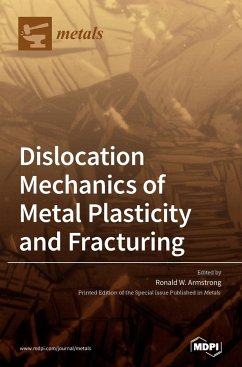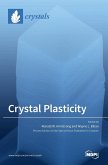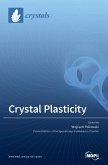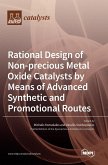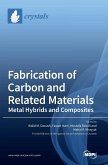The modern understanding of metal plasticity and fracturing began about 100 years ago, with pioneering work; first, on crack-induced fracturing by Griffith and, second, with the invention of dislocation-enhanced crystal plasticity by Taylor, Orowan and Polanyi. The modern counterparts are fracture mechanics, as invented by Irwin, and dislocation mechanics, as initiated in pioneering work by Cottrell. No less important was the breakthrough development of optical characterization of sectioned polycrystalline metal microstructures started by Sorby in the late 19th century and leading eventually to modern optical, x-ray and electron microscopy methods for assessments of crystal fracture surfaces, via fractography, and particularly of x-ray and electron microscopy techniques applied to quantitative characterizations of internal dislocation behaviors. A major current effort is to match computational simulations of metal deformation/fracturing behaviors with experimental measurements made over extended ranges of microstructures and over varying external conditions of stress-state, temperature and loading rate. The relation of such simulations to the development of constitutive equations for a hoped-for predictive description of material deformation/fracturing behaviors is an active topic of research. The present collection of articles provides a broad sampling of research accomplishments on the two subjects.
Hinweis: Dieser Artikel kann nur an eine deutsche Lieferadresse ausgeliefert werden.
Hinweis: Dieser Artikel kann nur an eine deutsche Lieferadresse ausgeliefert werden.

